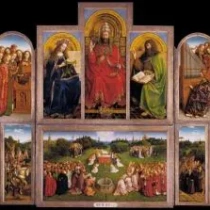 1395 - 1441
renaissance - northern
1395 - 1441
renaissance - northern
Description Jan Van Eyck
Jan van Eyck, born around 1390, emerges as a luminary of the Northern Renaissance, shrouded in the mystique of his era. His origins remain veiled, adding an air of enigma to the life of this Flemish master. Entering the historical stage during the transition from medieval to Renaissance Europe, van Eyck's artistic brilliance illuminated the courts of Burgundy and transformed the trajectory of European painting.
The artist's early years are a tapestry of speculation, with his brother Hubert often entwined in the narrative. However, the pivotal moment unfolds when Jan enters the service of Philip the Good, Duke of Burgundy, a patron whose court would become the crucible for van Eyck's artistic alchemy.
Jan van Eyck's art is synonymous with technical innovation, notably his mastery of oil painting. His meticulous attention to detail and the play of light became the hallmark of his works. The Ghent Altarpiece, a magnum opus created with his brother Hubert, stands as a testament to the transformative power of their collaboration.
Van Eyck's diplomatic missions, often shrouded in secrecy, attest to his multi-faceted role as an artist and emissary. His travels to Portugal and beyond, veiled in mystery, deepen the intrigue surrounding the man behind the brush. The Arnolfini Portrait, with its nuanced symbolism and immaculate rendering, reflects van Eyck's ability to transcend mere representation and infuse his art with layers of meaning.
His marriage to Margaret, a woman of unknown lineage, adds another layer to the van Eyck enigma. The absence of clear biographical details only amplifies the fascination with the artist's personal life, shrouded in the mists of time.
Van Eyck's legacy extends beyond his death in 1441. His influence permeated the Northern Renaissance, leaving an indelible mark on artists like Rogier van der Weyden and Hans Memling. The mesmerizing gaze of figures in his portraits and the ethereal glow of his religious scenes endure as portals to a bygone epoch.
Jan van Eyck, a conjurer of visual poetry, navigated the crossroads of tradition and innovation, creating a timeless legacy that transcends the limitations of historical documentation. The mystery of his origins and the aura of his art only serve to deepen the allure of this Flemish maestro, whose brush strokes continue to resonate through the corridors of art history.
Gallery
Paintings Jan Van Eyck
F.A.Q Section
"The Arnolfini Portrait" (1434): A masterpiece known for its detailed depiction of a wealthy couple in a domestic setting.
"The Ghent Altarpiece" (1432): A monumental polyptych altarpiece featuring intricate details and vibrant colors.
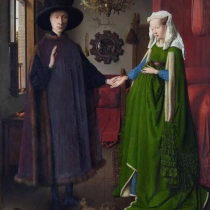
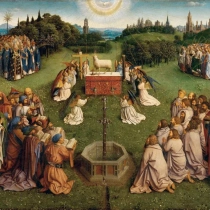
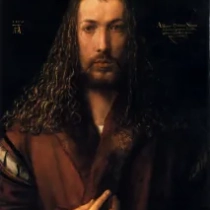
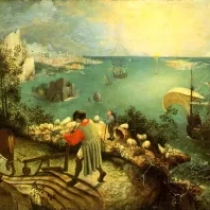
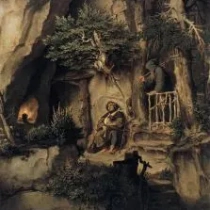
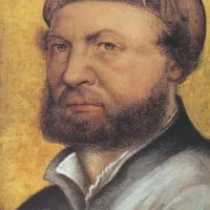
No Comments Yet...